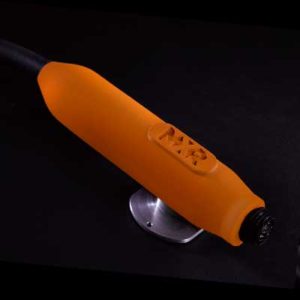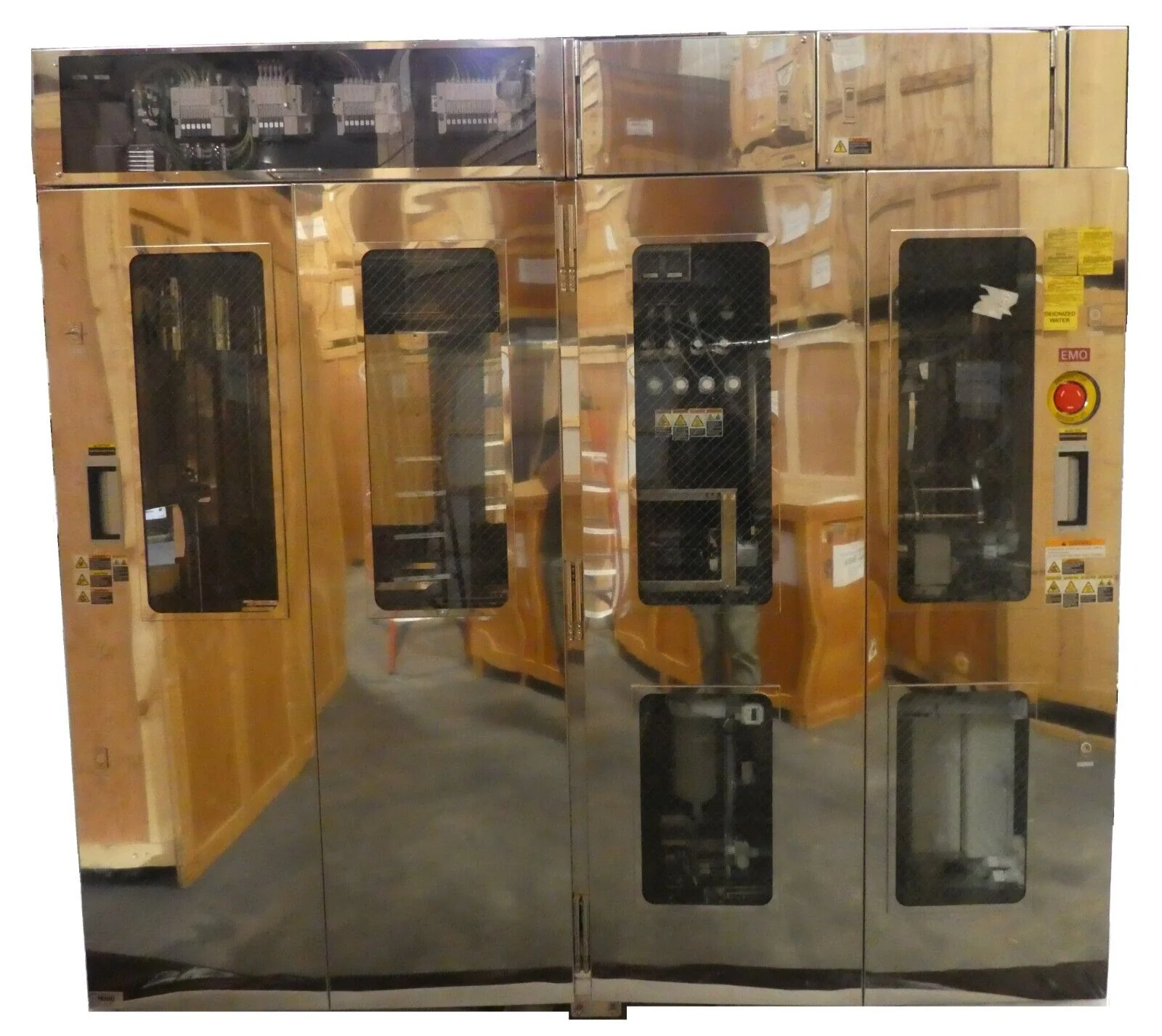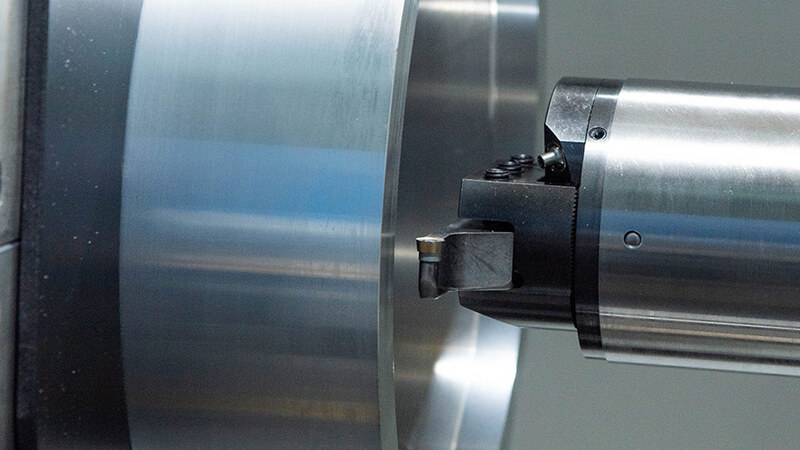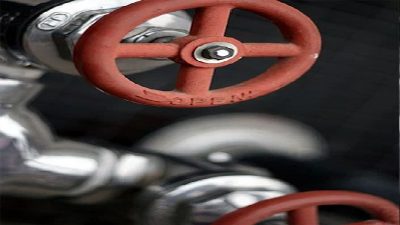X-rays are an essential part of the medical field, and most doctors and nurses use them to determine a variety of issues. It works by taking the energy from electrons and turning it into photons. The conversion of energy takes place in x-ray tubes, and the exposure and spectrum that is produced are controlled by adjusting the quantities and exposure time. Learning about the construction and design of the tube is essential so that you understand more about the small focal spot, as well.
Functions
The x-ray tubes are the energy converters and receive the electrical energy to convert it into two forms, such as heat and x-radiation. Heat isn’t necessarily needed but is a byproduct. Therefore, your tube should be designed to dissipate heat quickly and maximize production of x-rays.
Anode and Design
Anodes are components that produce the x-radiation. They are larger pieces of metal. Its function includes dissipating heat and converting energy to x-radiation. The anode is usually shaped like a beveled disk so that it attaches to the electric motor shaft and rotates it at high speeds to produce the x-rays. Anode rotation is essential to dissipate the heat.
Small Focal Spot
The full anode doesn’t just focus on x-ray production. Radiation is only produced in one area of the anode surface. When it is smaller in size, it’s called a small focal spot. The dimension of such spots is directly related to the size of the electron beam that arrives from the cathode.
In most cases, the tube creates a rectangular spot. However, the tube must have a specific size. For example, the smaller ones produce more visibility and detail with less blurring while large ones dissipate heat more quickly.
Many times, x-ray tubes generate radiation in smaller areas. You may need a small focal spot and can have them designed correctly at Micro X-Ray Inc.









